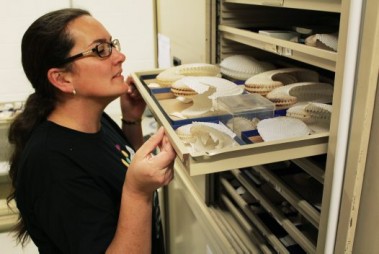DigiVol is a collaboration between the Australian Museum and the Atlas of Living Australia that was initially an experimental foray into crowd-sourcing. At the time, the notion that there were online volunteers willing to help natural history collections capture their data seemed rather far-fetched.

It was definitely a risk: crowd-sourcing was in its infancy and there were no other museums providing online volunteers with an opportunity to help digitise their natural history collections. But now, DigiVol has not only become a means for Australia’s museums to tackle the enormous task of digitising their collections, but institutions like the Smithsonian, New York Botanic Gardens, and Kew Gardens have also chosen DigiVol to host their own virtual expeditions to digitise their collections.
As further proof of DigiVol’s success, we recently recorded two impressive milestones. Our volunteers at DigiVol Online have now completed over 100,000 transcription tasks, with some of our most prolific volunteers completing over 10,000 transcription tasks each. Also, in just two short years, DigiVol Lab volunteers at the Australian Museum have created over 70,000 images of the Museum’s very large Malacology (think molluscs, such as snails, slugs, clams, octopus and squid) collection. These milestones represent a monumental contribution to digitising the collections of museums and herbaria from Australia and around the world.